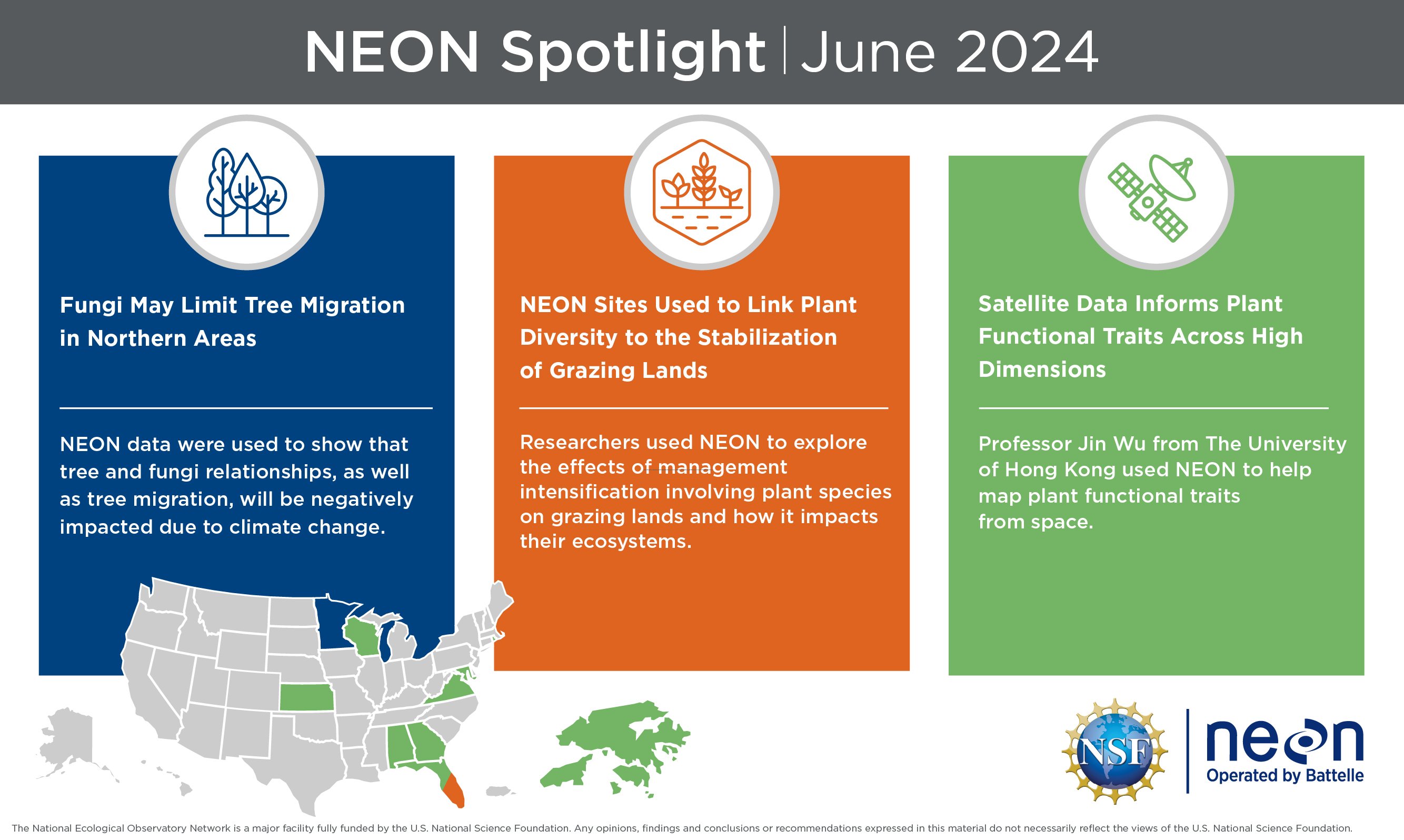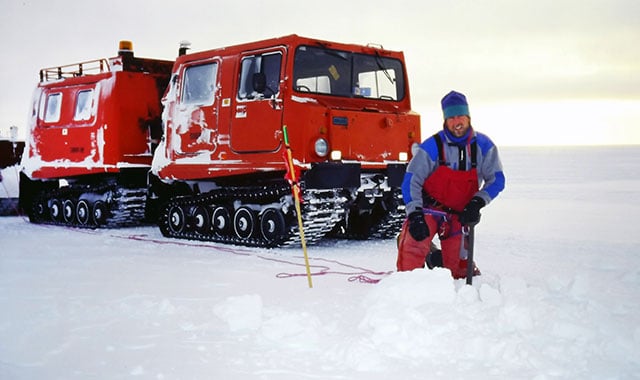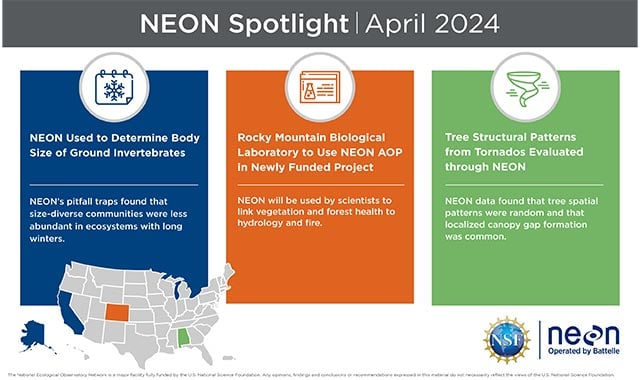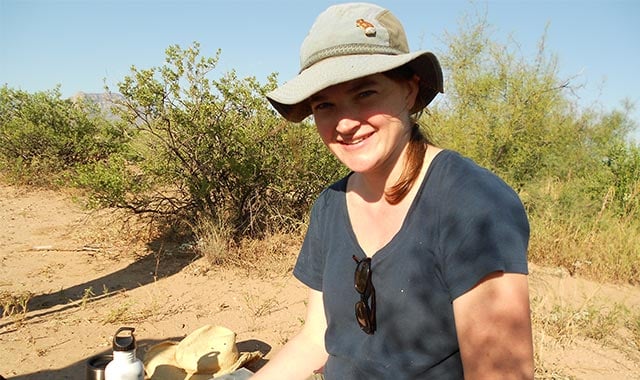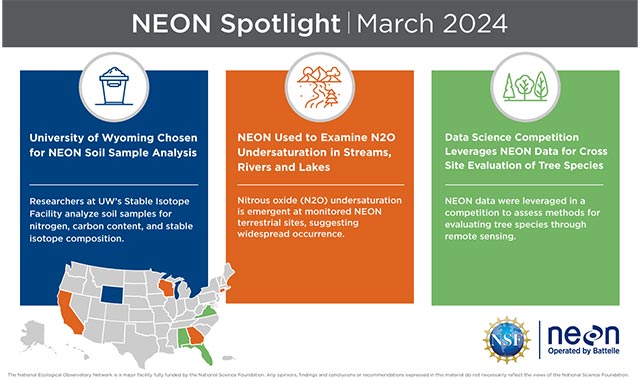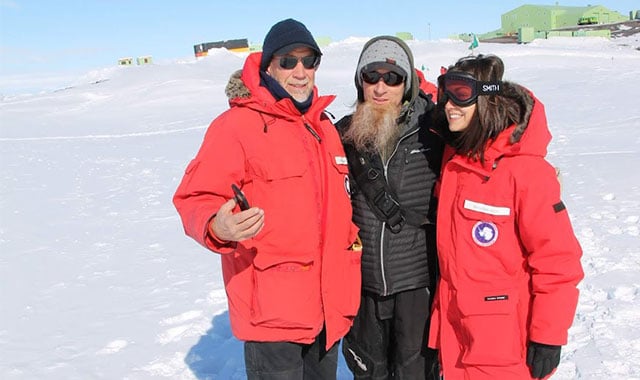NEON Spotlight: The Best of 2021
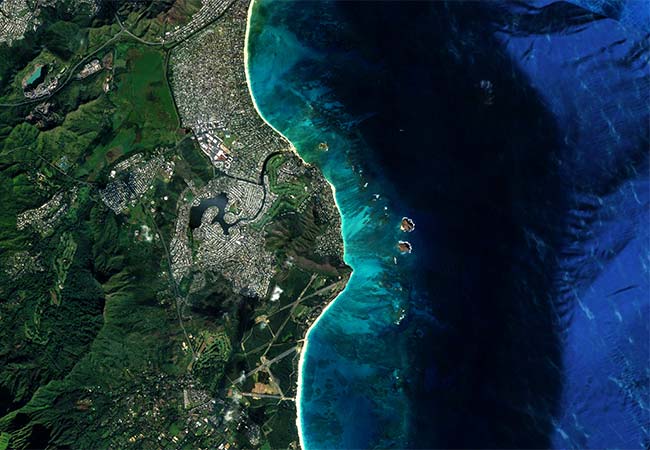
As 2021 comes to a close, we at Battelle want to highlight the exceptional work delivered this year by the National Ecological Observatory Network (NEON)—a program we have had the privilege of operating since 2016. NEON data has had a material impact on ecological science, as evidenced by NEON’s contributions throughout 2021. The program has informed ecological advancement on a national scale, uniting scientists from universities, agencies, and other disciplines from all over the country. We are looking forward to a bright future of collaboration and advancement as we expand our network of ecological researchers and institutions.
The NEON program is intended to provide consistent access to a free, standardized, open source of high-quality ecological data that enable scientists, researchers, and students to address critical questions and understand changes in ecosystem composition over time. The program’s comprehensive resources allow user communities to tackle new questions on an unmatched scale.
Here are some of the most exciting news items involving the NEON program over the past year:
NEON Data Informs Global Biodiversity Predictions
Brian Enquist, a professor of ecology and evolutionary biology at the University of Arizona, is harnessing the power of big data to predict the fate of global biodiversity in the wake of environmental change. Enquist and Nirav Merchant, the director of the University’s Data Science Institute, and a national network of other researchers were awarded a $2.5 million from the National Science Foundation to continue their research including NEON data to predict which species may be the most at risk and what behaviors could help save them.
Originally published in the January 2021 edition of the NEON Spotlight.
New Diatom Species Discovered
Former NEON scientist Jordan Swenson recently aided in the discovery of a new diatom species. While conducting research for her master’s thesis at the University of Colorado, Swenson investigated freshwater diatoms from Puerto Rican NEON aquatic field sites, leading to a reclassification of diatom taxa in the region and the possible discovery of a new species.
Originally published in the February 2021 edition of the NEON Spotlight.
NEON Data Informs Snowmelt Mapping and Predictions
NEON researchers are using data from multiple sites across the Rockies and images from NASA’s Terra satellite to predict and map mountain snowmelt. Donal O’Leary developed maps tracking snowmelt’s impact on vegetation phenology and mountain water cycles, which in turn impact the emergence of flora and the timing of animal migrations and hibernations.
Originally published in the March 2021 edition of the NEON Spotlight.
NEON Data Tapped for Tree Crown Estimation Models
A group of scientists from the University of Florida used deep-learning methods to produce an open-source data set of individual-level crown estimates for 100 million trees at 37 NEON sites across the US. Using this novel data, researchers can drive a significant expansion of individual-level studies of trees by facilitating both regional analyses and cross-region comparisons, encompassing forest types from most of the country.
Originally published in the April 2021 edition of the NEON Spotlight.
NEON Data Supports CO2 Emissions Study
Researcher Kevin Rose will examine large-scale patterns in concentrations of carbon dioxide (CO2) and dissolved oxygen to study if lakes are releasing more carbon dioxide into the atmosphere, and the degree to which CO2 and dissolved oxygen dynamics are coupled. Supported by NEON data and the prestigious National Science Foundation Faculty Early Career Development grant, the Rensselaer professor is studying year-round CO2 emissions from 30 lakes in North American and Europe, including seven NEON sites and many others in GLEON, the Global Lake Ecological Observatory Network. The work will involve new CO2 sensor deployments at all NEON lake sites and extensive use of other ongoing NEON data collections.
Originally published in the May 2021 edition of the NEON Spotlight.
Mushrooms May Hold Climate Change Answers
Scientists from Boston University used NEON soil sample data to develop a one-of-a-kind model that reveals, for the first time, it is possible to accurately predict the abundance of different species of soil microbes in different parts of the world. This research from Jennifer Bhatnagar and her team will help anticipate how climate change could affect microbial processes like decomposition or nitrogen cycling.
Originally published in the June 2021 edition of the NEON Spotlight.
NEON's Chief Scientist Profiled in Forbes
Paula Mabee, Chief Scientist and Observatory Director for NEON spoke with Forbes about how she is prioritizing attracting more women to STEM careers.
Originally published in the July 2021 edition of the NEON Spotlight.
Airborne Observation Offers New Insights into Socio-Environmental Research
A paper published in Ecological Applications shines light on how NEON’s Airborne Observation Platform (AOP) data can aid socio-environmental research. The paper suggests that integrating AOP data with socio-environmental systems (SES) data and analyses will allow researchers to investigate complex systems and provide urgently needed policy recommendations.
Originally published in the August 2021 edition of the NEON Spotlight.
Humans Cause 97 Percent of Home-Threatening Wildfires in the U.S.
National Geographic shared research by NEON data scientist Nathan Mietkiewicz and Jennifer Balch, director of University of Colorado’s Earth Lab, reporting humans start 97 percent of wildfires threatening homes in the United States. Development in wildland-urban areas increased 145 percent between 1990 and 2015, and the impact of climate change is exacerbating the issue. Because humans cause most wildfires threatening homes, proper education and awareness is possible can help prevent them from occurring.
Originally published in the September 2021 edition of the NEON Spotlight.
Studying Microbial Communities’ Impact on Global Health
Colorado State University researchers were awarded $12.5 million through an NSF grant to explore the fundamental properties of microbes that live in the air. Using NEON resources and expertise, the research team—which includes agricultural biologists, microbiologists, atmospheric scientists, and sociologists—will use a holistic approach to study the impact microbial communities have on global health.
Originally published in the October 2021 edition of the NEON Spotlight.
NEON Biorepository at ASU Helps Demystify Environmental Change
ASU’s NEON Biorepository is an open-access ecological data repository that researchers hope will help them unravel the complexity of the ecological responses to environmental change. Started in 2018, it houses 70 types of samples with more than 100,000 total samples collected each year. By the end of the project, 3 million samples will be stored in the Biorepository. Researchers are already using the repository’s resources, with samples currently loaned out to 22 active projects.
Originally published in the November 2021 edition of the NEON Spotlight.
Tracking Carbon Movement Between Soil and the Atmosphere
University of Arizona researcher Dr. Laura Meredith is studying how carbon moves between soil and the atmosphere, including the influences of plant, fungal, and microbial communities at NEON field sites in Alaska. Meredith is working to validate the use of carbonyl sulfide (OCS) as a tracer molecule to better estimate the amount of carbon absorbed by plants. Her study was made possible through the NEON Assignable Assets Program and an NSF award.
Originally published in the December 2021 edition of the NEON Spotlight.
Related Blogs
BATTELLE UPDATES
Receive updates from Battelle for an all-access pass to the incredible work of Battelle researchers.
